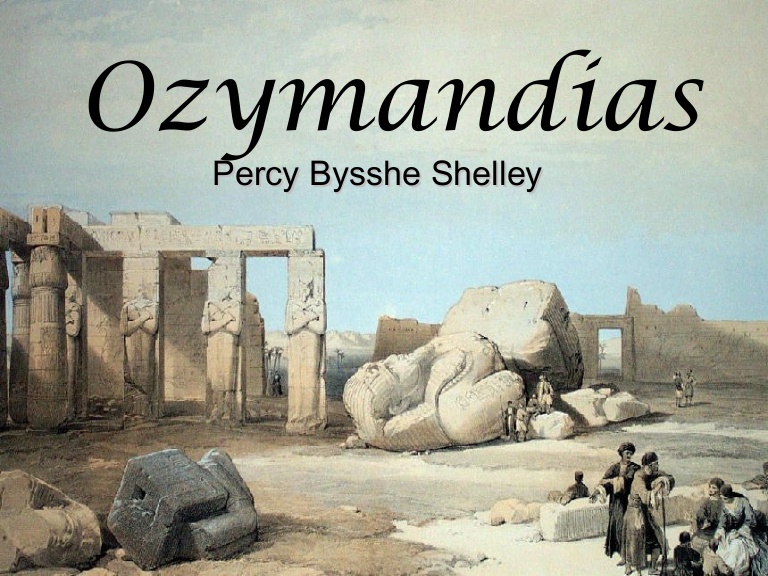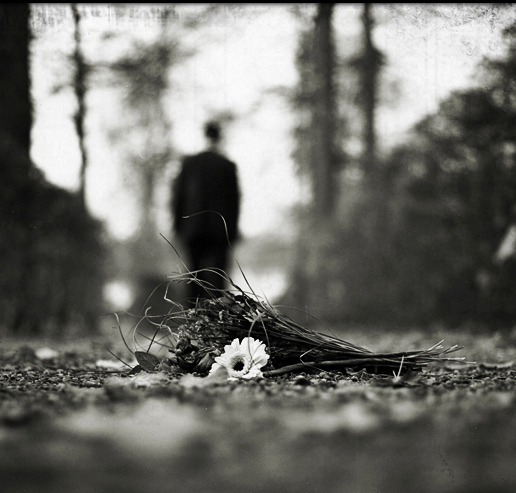‘Walking Around’ is a dystopic view of life. Influenced by his walk around Santiago, Neruda composed this poem sometime around 1933. It was published in the Residencia en la tierra II, (‘Residence on Earth’, Volume II) in 1935. The poem consists of 10 stanzas. It begins with the narrator’s exhaustion with being a man and his apathy for his own species but moves on to paint the picture of men in a modern world that is crumbling from within.
The poem works on many levels, grappling to convey a myriad of thoughts. On the literal level, it depicts a man taking a long walk around the city he lives in. It induces a poignant mood in him and he can’t seem to overcome the impressions made by the sights on him.
In Stanza 1, he is seemingly ‘sick’ of being a man and everything that makes man, human. He is exhausted by the facades of everyday life, of tailor-shops and movie-theaters and barbers chopping off hair or beards.
In Stanza 2, his apathy for material goods, gardens, elevators and all things commercial are made apparent in. It is also the first time we get to know what he wants instead. He says that he wants to “lie still” and inanimate as stone or wool, as if he’s dead.
In Stanza 3, his hatred for the all things material merges with this hatred of his own self. He says he’s tired of his hair, his shadow, his feet and his nails. He impinges on the fact that he is tired of being a man, of being a human being.
In Stanza 4, however, his stance changes. He is overcome with an urge to feel alive again. In spite of his disillusionment with the mundane rituals of life, he is thrilled by the idea of spontaneous, if slightly bizarre, impulses. His imagination runs deeper with his urge of killing a nun with a blow to her ears and the hilarity of the situation excites him, and he speaks of running amuck in the street with a green knife, yelling until he is killed by the cold.
In Stanza 5, he refuses to become an inert root that is stretched till it’s worn out and muffled with dreams unfulfilled. He refuses to seep deep into the soil and muck, away from light and air, with the damp and dark as his only sustenance.
In Stanza 6, he declares he neither wants misery nor to become a personification of it. He doesn’t want to live like a tomb, housing cold, pain and death inside. He refuses to become hoodwinked into accepting a passive existence.
In Stanza 7, He equates his tomb-like life with that of a prison convict, captured by the hollow necessities of life. He says that Monday, lit on gasoline, gears up, at the sight of him and rushes by him howling like a wounded wheel, leaving bloodstains instead of tyre marks on the road. And the trail seems to carry on into the night.
Stanza 8 describes how this corporate beast, that is Monday, drags him along with it into dark corners and alleyways of the society, forces him into shoddy, damp, houses and hospitals, where sickness and death are so common that the bones seem to fly out of the windows and vanish into thin air. He is forced to come across shoe shops with a sour smell and streets as distorted as cracked skin.
In Stanza 9, his glance then falls on the houses with “sulphur-coloured birds” and intestines strewn around them. These lines induce a suffocating feeling. Everywhere his eye travels, everything he sees, seem repulsive to him, the mirror, the loose teeth in a cup of coffee, forgotten by its owner. The mirror aggravates his frustration and exhaustion because it fails to show the truth, it fails to show the shame and terror of mankind in its reflection. At this point, it doesn’t matter if he sees an umbrella or umbilical cords or poison itself. All of these have become equally poisonous for him.
In Stanza 10, he says he sees all this and much more as he “serenely” walks by with his rage in control, with his mundane and tiresome shoes and eyes. Keeping everything bottled inside and with a sort of oblivion, he walks by offices and medical stores, and domestic patios with clothes hanging out to dry: the towels, underpants, shirts from which the water drips like slow, dirty tears.
Dear Readers- If this summary/analysis has helped you, kindly take a little effort to like or +1 this post or both. Make sure you like Beamingnotes Facebook page and subscribe to our newsletter so that we can keep in touch. We’ll keep informing you about stuffs that are really interesting, worth knowing and adds importance to you.
Some online learning platforms provide certifications, while others are designed to simply grow your skills in your personal and professional life. Including Masterclass and Coursera, here are our recommendations for the best online learning platforms you can sign up for today.
The 7 Best Online Learning Platforms of 2022
- Best Overall: Coursera
- Best for Niche Topics: Udemy
- Best for Creative Fields: Skillshare
- Best for Celebrity Lessons: MasterClass
- Best for STEM: EdX
- Best for Career Building: Udacity
- Best for Data Learning: Pluralsight
















